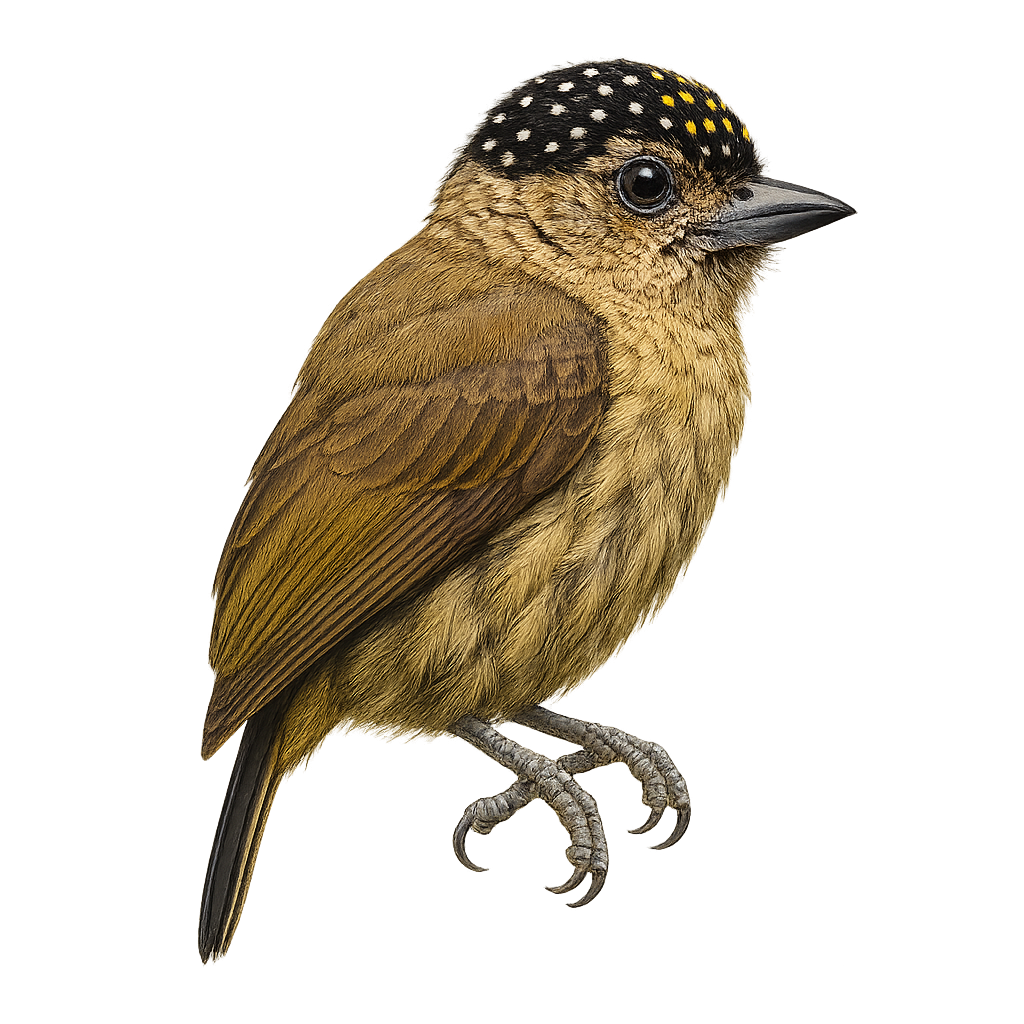Your wildlife photography guide.
Explore the olivaceous piculet in detail, study its behavior, prepare your shots.
Where to observe and photograph the olivaceous piculet in the wild
Learn where and when to spot the olivaceous piculet in the wild, how to identify the species based on distinctive features, and what natural environments it inhabits. The WildlifePhotographer app offers tailored photography tips that reflect the olivaceous piculet’s behavior, helping you capture better wildlife images. Explore the full species profile for key information including description, habitat, active periods, and approach techniques.
Olivaceous Piculet
Scientific name: Picumnus olivaceus

IUCN Status: Least Concern
Family: PICIDAE
Group: Birds
Sensitivity to human approach: Suspicious
Minimum approach distance: 5 m
Courtship display: March to April
Incubation: 13-15 jours
Hatchings: March to May
Habitat:
Tropical rainforests, secondary forests, forest edges
Activity period :
Primarily active during the day, with peak activity in the morning and late afternoon.
Identification and description:
The Olivaceous Piculet is a small bird from the Picidae family, identifiable by its olive-green plumage and diminutive size, measuring about 10 cm in length. It primarily inhabits the tropical rainforests of South America, particularly in Colombia, Venezuela, and Ecuador. Its short, sturdy beak is adapted for pecking tree bark in search of insects. The male is distinguished by a small red patch on its head, which is absent in females. This piculet is often seen in small groups or pairs, actively moving through foliage in search of food. Although relatively common in its habitat, it remains discreet and hard to spot due to its coloration blending into the dense foliage.
Recommended lens:
400 mm – adjust based on distance, desired framing (portrait or habitat), and approach conditions.
Photography tips:
To photograph the Olivaceous Piculet, it is advisable to use a telephoto lens of at least 400mm to capture precise details without disturbing the bird. Look for it in tropical rainforests, especially along the edges where it is more active. Be patient and discreet, as this bird is suspicious and blends easily into its surroundings. Use a tripod to stabilize your camera and wait for it to perch on an open branch to get a clear shot.
The WildlifePhotographer App is coming soon!
Be the first to explore the best nature spots, track rutting seasons, log your observations, and observe more wildlife.
Already 1 431 wildlife lovers subscribed worldwide

